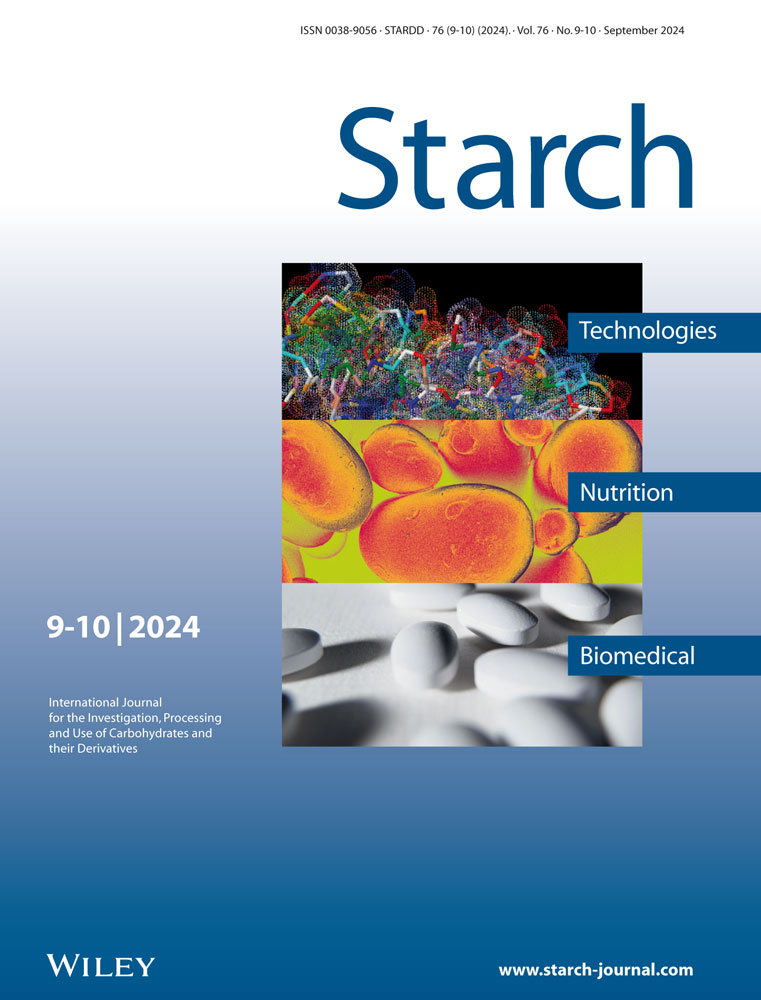Hemicellulose-Based Nanofibers Decorated In Situ with Silver Nanoparticles for Antibacterial Applications
Abstract
There is growing evidence that composites made up of nanomaterials and plant extracts are effective in combating drug-resistant pathogens, which are increasing globally. In this study, a hemicellulose extract from cactus pads (Opuntia ficus indica) is blended with poly(vinyl) acetate and electrospun into fine nanofibers. Further, the electrospun nanofibers are encapsulated with silver nanoparticles (AgNPs), in situ, to form a nanocomposite, whose surface morphology are characterized using a scanning electron microscope (SEM). The SEM images showed smooth nanofiber strands (average diameter = 240 nm), with AgNPs randomly dispersed on them. The antibacterial activity of the nanocomposite is tested against five bacterial species. The results obtained showed that the nanonomposite has strong inhibitory effects against Gram-positive and Gram-negative bacteria, whereas the pristine nanofibers showed minimal or no antibacterial activity. This study demonstrates i) successful electrospinning of hemicellulose extracts into fine nanofibers and ii) encapsulation with AgNPs to produce a rigid nanocomposite with antimicrobial characteristics for various applications, especially those that require protection against pathogenic bacteria.
Conflict of Interest
The authors declare no conflict of interest.
Open Research
Data Availability Statement
The author have given rights for data sharing openly to the public.




